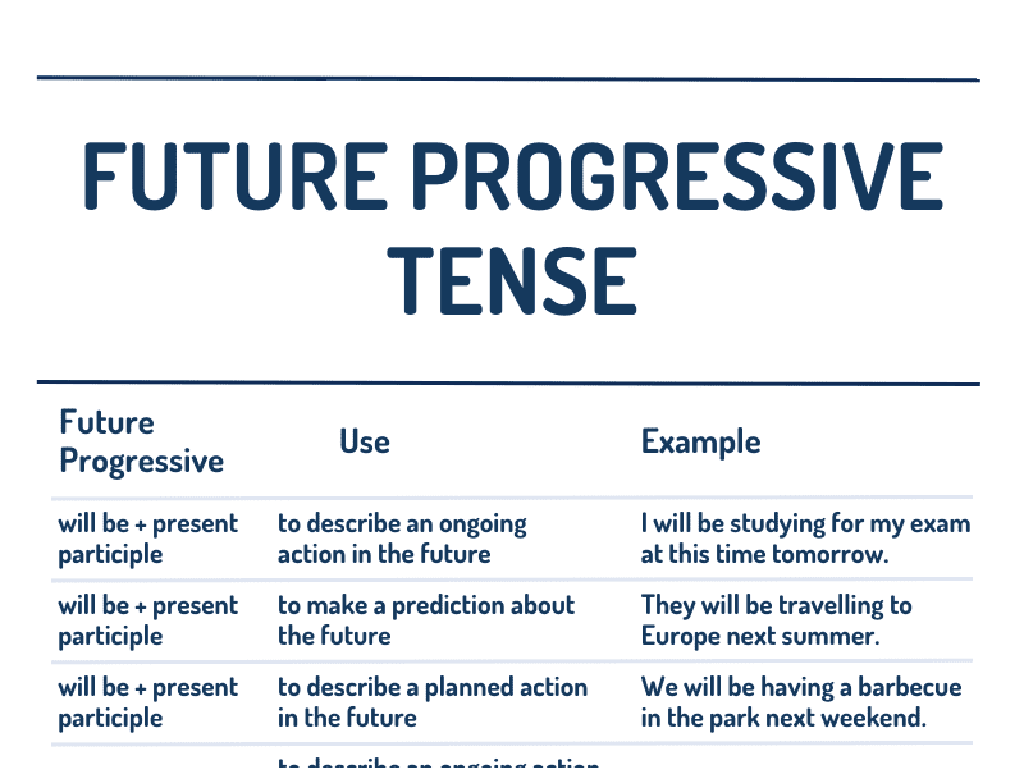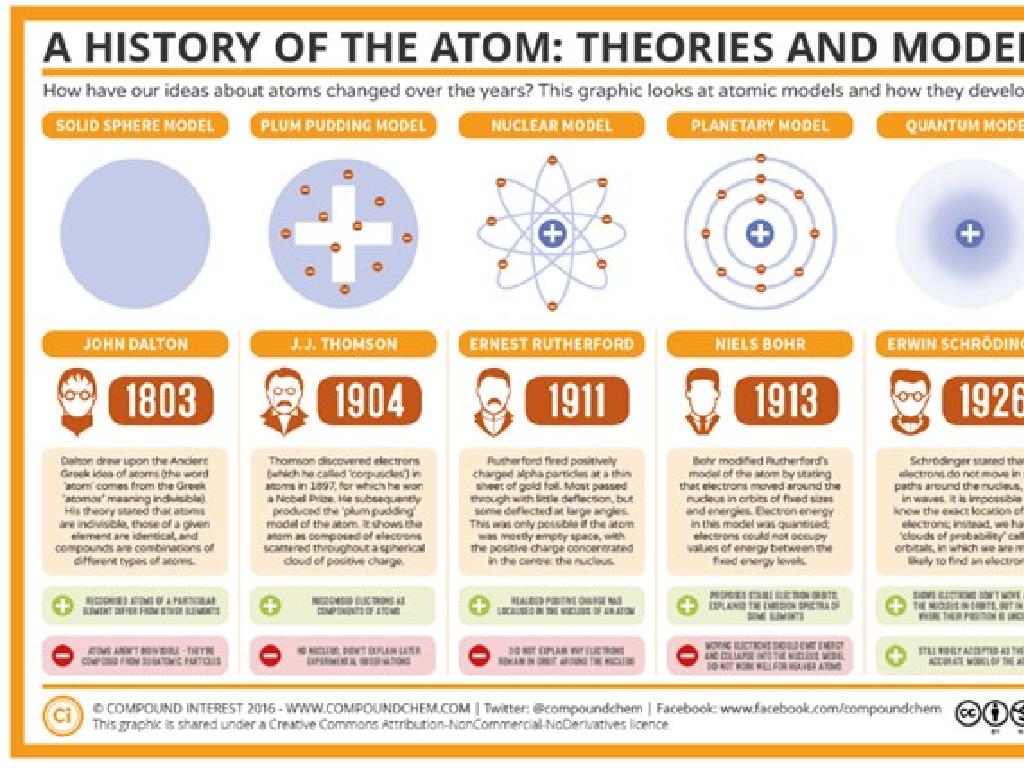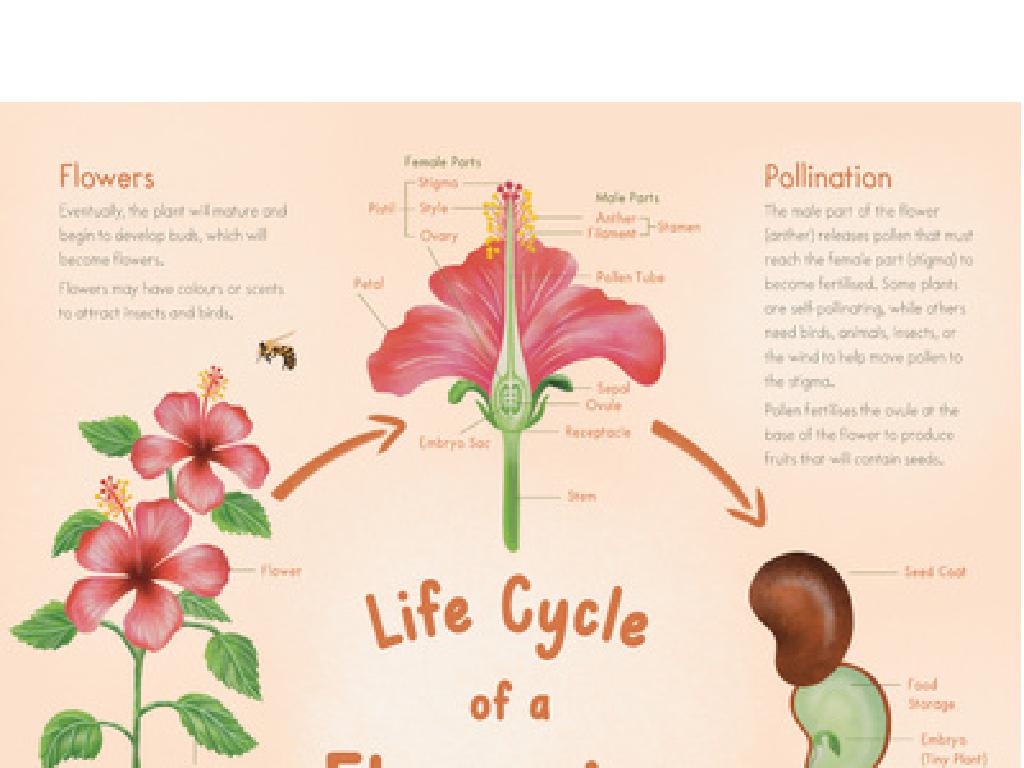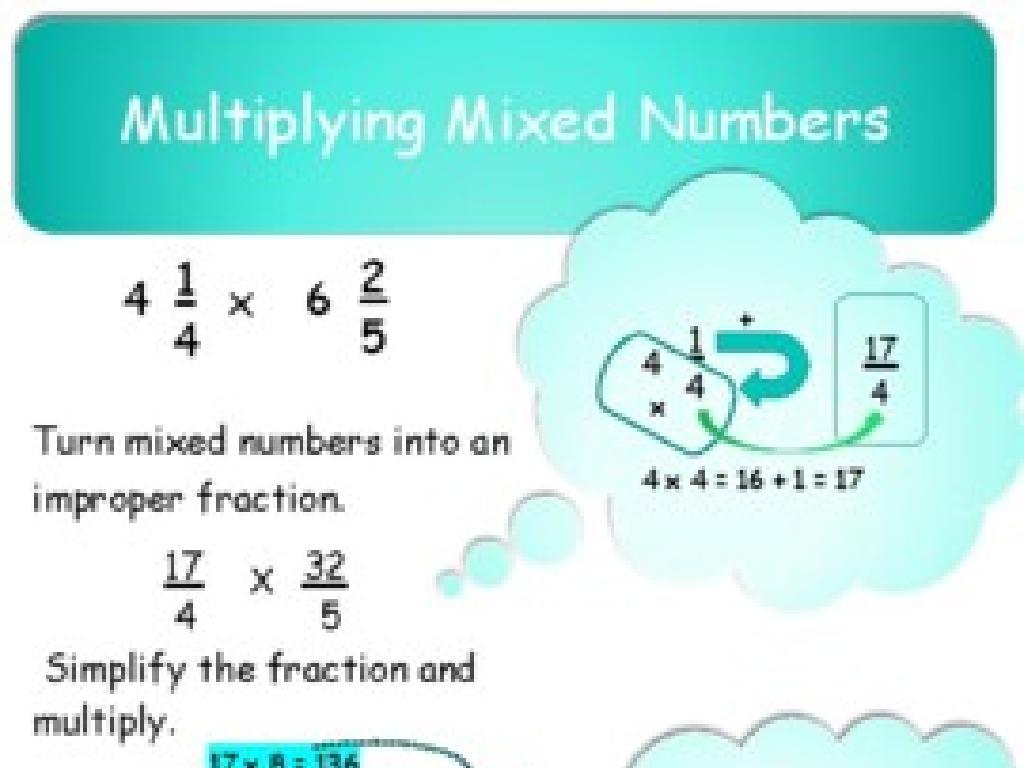Identify Dependent And Independent Clauses
Subject: Language arts
Grade: Seventh grade
Topic: Phrases And Clauses
Please LOG IN to download the presentation. Access is available to registered users only.
View More Content
Understanding Clauses in Sentences
– What are clauses?
– Clauses are groups of words with a subject and verb.
– Independent vs. Dependent
– Independent clauses can stand alone; dependent cannot.
– Role in clear communication
– Clarity in writing depends on correct clause usage.
– Practice identifying clauses
|
This slide introduces students to the concept of clauses, which are the essential building blocks of sentences. Begin by explaining that a clause is a group of words that contains a subject and a verb. Highlight the difference between independent clauses, which express a complete thought and can stand alone as a sentence, and dependent clauses, which cannot stand alone and need an independent clause to form a complete sentence. Emphasize the importance of using clauses correctly to communicate clearly and effectively. Include examples of both types of clauses and encourage students to practice identifying them in sentences. This foundational knowledge will help students in constructing well-formed sentences and improve their writing skills.
Understanding Clauses in Sentences
– Define a clause
– A clause is a group of words with a subject and a verb.
– Clause vs. Phrase
– Phrases are groups of words without a subject-verb pair, unlike clauses.
– Examples of clauses
– ‘Because I was late’ (dependent), ‘I missed the bus’ (independent).
– Practice identifying clauses
|
This slide introduces the concept of clauses within the context of sentence structure. A clause is defined as a group of words that contains both a subject and a verb. It’s important to distinguish between a clause and a phrase, which lacks a subject-verb pair. Provide clear examples to illustrate dependent and independent clauses. For instance, ‘Because I was late’ is a dependent clause that cannot stand alone, while ‘I missed the bus’ is an independent clause that can be a sentence on its own. Encourage students to practice by identifying clauses in sentences from their reading or in example sentences you provide. This will help them understand how clauses form the building blocks of sentence construction.
Exploring Independent Clauses
– Define an independent clause
– A group of words with a subject and verb that expresses a complete thought.
– Independent clauses as sentences
– It can stand alone as a sentence: ‘The sun set.’
– Examples of independent clauses
– ‘She runs every morning.’ and ‘The game ended.’
|
This slide introduces the concept of independent clauses to the students. An independent clause is defined as a group of words that contains a subject and a verb and expresses a complete thought. This means it can stand alone as a sentence without needing additional information. Provide examples of independent clauses to illustrate how they can form simple sentences. Emphasize that an independent clause is strong enough to be a sentence on its own because it provides a clear idea. Encourage students to create their own examples of independent clauses and to identify them in their reading.
Exploring Dependent Clauses
– What is a Dependent Clause?
– A group of words with a subject and verb that doesn’t express a complete thought.
– Dependent vs. Independent Clauses
– It can’t stand alone and needs an independent clause to form a sentence.
– Characteristics of Dependent Clauses
– They often start with words like ‘because’, ‘if’, ‘when’, or ‘although’.
– Examples in Sentences
– ‘Because I was late’, ‘if you are interested’, ‘when the class ended’
|
This slide introduces students to the concept of dependent clauses within the broader topic of phrases and clauses. Begin by defining a dependent clause and explaining that it contains a subject and a verb but does not express a complete thought on its own. Highlight the difference between dependent and independent clauses, emphasizing that a dependent clause relies on an independent clause to form a complete sentence. Discuss the characteristics, such as common starting words (subordinating conjunctions) and provide clear examples. Encourage students to create their own sentences using dependent clauses to ensure comprehension.
Combining Clauses in Sentences
– Combine independent & dependent clauses
– An independent clause can stand alone. Add a dependent clause to add more detail.
– Use conjunctions to link clauses
– Conjunctions like ‘and’, ‘but’, ‘because’ connect clauses.
– Punctuation tips for clauses
– Use commas to separate an introductory dependent clause from an independent clause.
– Practice with examples
|
This slide aims to teach students how to effectively combine independent and dependent clauses to form complex sentences. Start by explaining that an independent clause is a complete thought that can stand alone as a sentence, while a dependent clause cannot. Introduce conjunctions and how they can be used to connect these clauses. Highlight the importance of punctuation, such as using a comma after a dependent clause when it comes before an independent clause. Provide examples and exercises for students to practice combining clauses to reinforce the lesson.
Let’s Practice: Clauses in Action
– Identify clauses in example sentences
– Class activity: craft sentences with clauses
– Combine independent and dependent clauses
– Share your sentences with the class
– Discuss the role of each clause
– Understand how clauses change sentence meaning
|
This slide is designed for a class activity to reinforce the lesson on independent and dependent clauses. Start by providing students with example sentences and guide them to identify the clauses within. For the activity, encourage students to create their own sentences that include both an independent and a dependent clause. Once they have written their sentences, have them share with the class or in small groups. This will foster a discussion about how the different types of clauses function and how they affect the structure and meaning of sentences. Possible activities: 1) Sentence construction relay, 2) Clause mix and match, 3) Sentence gallery walk, 4) Peer review of constructed sentences, 5) Group discussion on the effect of different clause combinations.
Class Activity: Clause Scavenger Hunt
– Pair up for a clause search
– Find independent & dependent clauses
– Look for clauses that can stand alone (independent) and those that cannot (dependent)
– Record your clause examples
– Write down the sentences and label each clause
– Discuss clause effects on sentences
– How do the different clauses influence the sentence’s meaning?
|
This activity is designed to help students identify and differentiate between independent and dependent clauses through practical application. Have the students work in pairs to encourage collaboration. They should look for sentences in books and identify clauses, focusing on understanding which clauses express a complete thought (independent) and which ones rely on others to make sense (dependent). After collecting examples, students will write them down and prepare to share with the class. Facilitate a discussion on how the presence of dependent or independent clauses changes the meaning or structure of the sentences. This will enhance their comprehension of sentence construction. Possible variations of the activity could include finding clauses in articles, creating their own sentences with both types of clauses, or identifying clauses in a story they are currently reading.
Wrapping Up: Clauses and Your Homework
– Recap: Independent vs. Dependent Clauses
– Homework: Craft a Short Story
– Use your creativity to write an engaging story
– Include 5 Dependent & 5 Independent Clauses
– Ensure your story has a mix of clause types
– Remember: Practice is Key!
|
As we conclude today’s lesson, remind students of the key differences between independent and dependent clauses. For homework, they should write a short story that includes at least five of each type of clause, which will help reinforce their understanding through practical application. Emphasize the importance of practice in mastering the use of clauses in writing. During the next class, consider having a few students share their stories to demonstrate their understanding and to provide examples for their peers.






